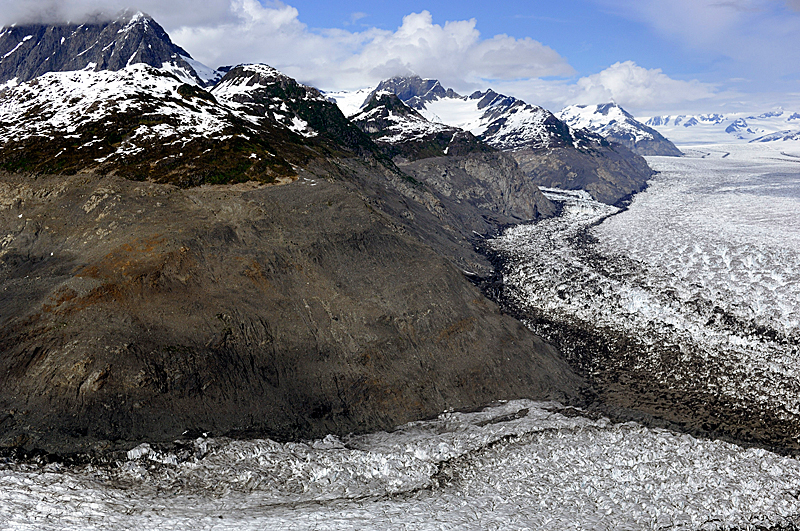If there was one consistent media message about the Obama inauguration ceremony, it was the idea that he was announcing a clear shift to the left. But coverage failed to provide much background on the president’s actual policies, which would have challenged that impression.
The inclusion of climate change was treated as a particularly big deal, given that inaugural addresses seldom dwell on policy. “Speech Gives Climate Goals Center Stage” read one headline in the next day’s New York Times (1/22/13). But that story, and much of the media commentary on his climate comments, failed to even mention the Keystone XL pipeline, currently under State Department review.
It is hard to fathom how meaningful action on climate change would be possible if Keystone were approved, but the White House has not spoken out in opposition to the pipeline (Nation.com, 1/22/13). Leaving out Obama’s most important upcoming climate policy decision when covering his climate agenda is a media failure.
For more on this story, visit: Obama to the Left? — FAIR: Fairness & Accuracy In Reporting.








